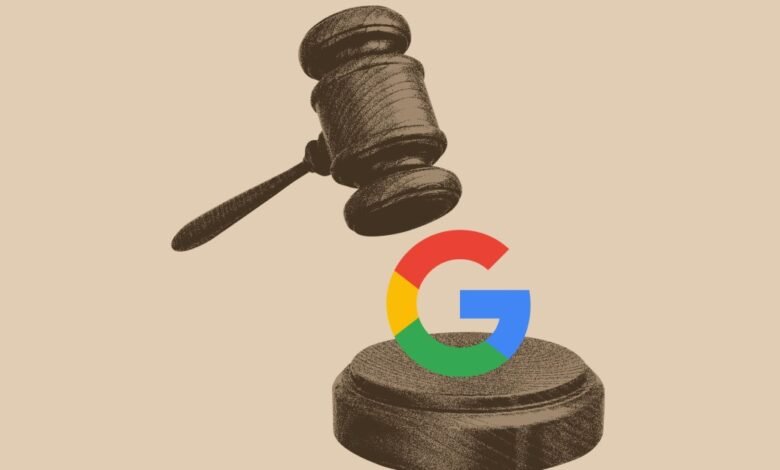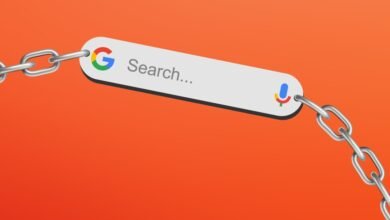Judge Reluctant to Decide Google’s Landmark Fate

▼ Summary
– Judge Brinkema urged Google and the Justice Department to settle the case, noting it was the type that should be resolved out of court.
– She previously ruled that Google illegally monopolized publisher ad servers and ad exchanges, making it hard for customers to switch to competitors.
– The Justice Department proposed forcing a sale of Google’s AdX exchange and open-sourcing its DFP ad server logic, while Google suggested behavioral restraints.
– Deciding on remedies is challenging due to conflicting expert testimony on the feasibility of separating Google’s proprietary ad tech systems.
– Without a settlement, Brinkema faces the difficult task of redesigning the market, similar to Judge Mehta’s approach in a prior Google search monopoly case.
As the landmark Google ad tech trial entered its final phase, Judge Leonie Brinkema openly expressed her preference for the parties to negotiate a settlement rather than leaving the monumental decision entirely in her hands. Following more than ten days of courtroom proceedings focused on remedies, she candidly told attorneys, “My favorite phrase is ‘Let’s settle this case,’” before adjourning the session. This came after her April ruling that found Google had unlawfully monopolized key sectors of the digital advertising market and engaged in anticompetitive tying of its products, making it exceedingly difficult for customers to switch to rival services. While establishing liability was one challenge, determining the appropriate corrective actions to revive competition in markets dominated by Google for over a decade presents an even more complex dilemma.
During the remedies phase, Judge Brinkema faced conflicting technical testimonies from opposing experts regarding what components of Google’s proprietary ad systems could feasibly be separated without causing significant operational disruptions. The Justice Department has advocated for stringent measures, including forcing Google to divest its AdX exchange and open-source the core logic of its DFP ad server, which dictates ad selection and placement. They also seek provisions allowing for the potential sale of remaining DFP assets if initial remedies prove insufficient. In contrast, Google has proposed a set of voluntary behavioral commitments and technical adjustments aimed at addressing customer complaints identified during the liability stage, arguing these changes would sufficiently restore competitive balance.
With no settlement currently in sight, the judge now confronts the formidable task of market redesign, a situation paralleling Judge Amit Mehta’s earlier experience in the DOJ’s search monopoly case against Google. Judge Mehta exercised judicial restraint by stopping short of mandating a breakup of Google’s Chrome browser, emphasizing the courts’ limited role in engineering market structures. Judge Brinkema’s remarks similarly underscore the inherent difficulties in crafting effective remedies within highly technical, rapidly evolving digital markets. Her dilemma highlights a broader challenge facing multiple pending tech monopoly cases, where initial legal victories may prove easier to achieve than implementing lasting, functional solutions.
The rulings by both judges declaring Google an illegal monopolist represent historic applications of antitrust law to modern digital platforms. These decisions demonstrate that courts can effectively interpret century-old competition statutes in contexts involving complex algorithms and data-driven business models. However, moving from establishing violations to prescribing market fixes requires judges to navigate unfamiliar technical terrain. Throughout the trial, expert witnesses presented starkly contrasting views: government consultants described proposed separations as manageable with minimal performance impact, while Google’s experts portrayed them as technically unfeasible and likely to degrade service quality.
Should structural changes be deemed too drastic, Judge Brinkema retains the option to appoint an independent monitor to oversee Google’s compliance with behavioral remedies. Yet she voiced concerns about ensuring the monitor’s impartiality, stating, “I would be very concerned about any monitor who might have any stake in the outcome.” This reflects the delicate balancing act required to craft a remedy that both addresses past harms and fosters sustainable competition, without inadvertently causing new market distortions or undermining technological innovation.
(Source: The Verge)





